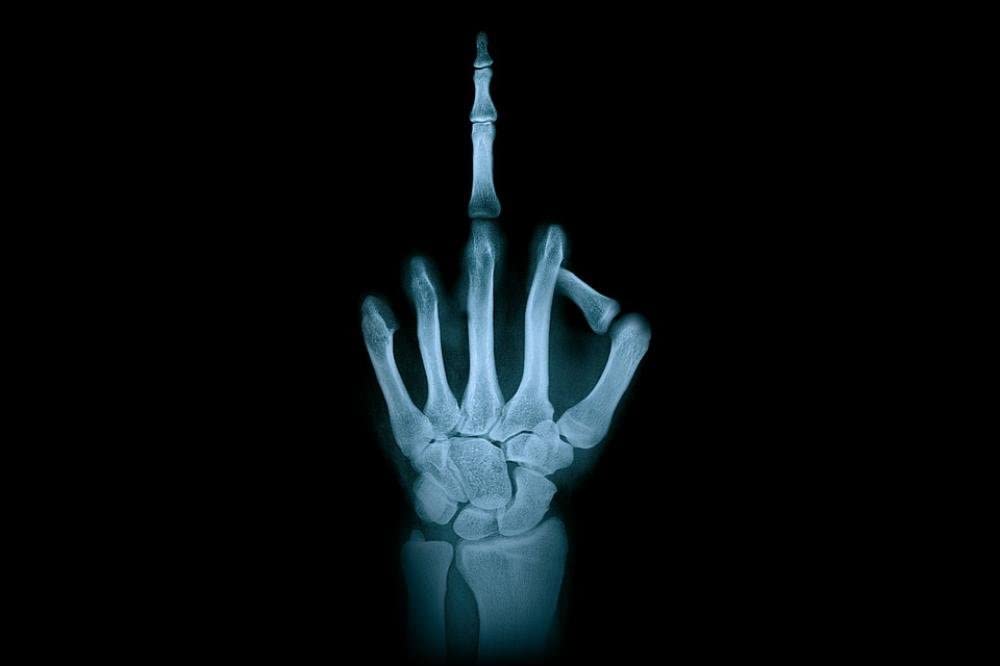The Insect Signal: Sodium Channel Sabotage and the Collapse of Neural Terrain
Keywords: sodium channels, SCN⁻, neural terrain, synthetic pyrethroids, terrain collapse, glyphic signaling, insect decline, mimicry Abstract Insect populations are plummeting. Colony collapse, navigational failure, and neurological paralysis are accelerating across ecosystems. While pesticides ar
Ecdysis: Nature’s Grand Wardrobe Change
Darling, buckle up your exoskeletons because we’re about to sashay into the most FABULOUS biological runway show ever – it’s ECDYSIS, honey! 💃🐛✨ Picture this: You’re a gorgeous little arthropod, feeling a bit tight in your current outfit. But fear not! Mother Nature’
Cephalothorax aka prosoma
The cephalothorax, also called prosoma in some groups, is a tagma of various arthropods, comprising the head and the thorax fused together, as distinct from the abdomen behind.[1] (The terms prosoma and opisthosoma are equiva
Thorax (arthropod anatomy)
The thorax is the midsection (tagma) of the hexapod body (insects and entognathans). It holds the head, legs, wings and abdomen. It is also called mesosoma or cephalothorax in other arthropods. It is formed by the prothorax,&
Magical Mantis Mojo
Hold onto your ootheca, folks, because we’re about to dive deep into the wild world of Sang Piao Xiao! 🐛🥚🔬 Imagine you’re an ancient Chinese healer, strolling through a mulberry grove, when suddenly you spot a peculiar foam-like structure clinging to a branch. “Eureka!R
Ootheca
Buckle up, bug lovers, because we’re about to embark on a wild ride through the wacky world of oothecae! 🐛🥚🎢 Picture this: You’re a lady mantis, feeling frisky after a hot date (and maybe a little post-coital cannibalism, because why not?). But instead of popping out eggs willy-
Royal Jelly & Silkworm Droppings: The Buzz and the Poop of Traditional Chinese Medicine
Get ready, because we’re about to dive into the most unhinged yet scientifically fascinating duo in Traditional Chinese Medicine (TCM): Royal Jelly (the queen bee’s secret sauce) and Silkworm Droppings (yes, bug poop, but make it medicinal). These two are the Beyoncé
Dermatan sulfate (and a few other things)
Dermatan sulfate is a glycosaminoglycan (formerly called a mucopolysaccharide) found mostly in skin, but also in blood vessels, heart valves, tendons, and lungs. It is also referred to as chondroitin sulfate B, although it is no longer classified as
Buggy Love Potion: The Science of Insect Sex Hormones
Listen up, you sexy six-legged sirens and alluring arthropods! 🐞💋 Get ready to have your mind blown and your exoskeleton rocked. Insect sex hormones: They’re real, they’re spectacular, and they’re changing the game of love in the miniature world! From ecdysone’s double
Detritivores – the ultimate recyclers
These marvelous morsels of nature’s cleanup crew are the ultimate recyclers, turning yesterday’s trash into tomorrow’s treasure. Let’s dive into the delightfully dirty world of detritus dining! Imagine a world where your leftovers never go to waste. Well, in nature, that̵
Halteres are a pair of small club-shaped organs on the body of two orders of flying insects that provide information about body rotations during flight
Halteres (singular halter or haltere) (from Ancient Greek: ἁλτῆρες, hand-held weights to give an impetus in leaping) are a pair of small club-shaped organs on the body of two orders of flying insects that provide information about body rotat
Testican
Testican is a type of proteoglycan. Testican-1 is a highly conserved, multidomain proteoglycan that is most prominently expressed in the thalamus, and is upregulated in activated astroglial cells of the cerebrum. Several functions of this gene product have now been demonstra
Effect of biotin deficiency on embryonic development in the domestic fowl (1944) with reference and cited by articles
The approximate biotin requirements of breeding hens have been established and the embryos examined for gross pathological symptoms and the approximate age at death are recorded. Cravens, W.W., W., & Sebesta, M.A. (1944). Effect of biotin deficiency on embryonic development in the domestic fowl.
Isoleucine, Tryptophol, Sleeping Sickness, The Disulfiram Effect and One Trick Hypnotists From Hell
Isoleucine (symbol Ile or I) is an α-amino acid that is used in the biosynthesis of proteins. It contains an α-amino group (which is in the protonated −NH+3 form under biological conditions), an α-carboxylic acid group (which is in the deprotonated −COO− form under biologica
Ectodomain Shedding & Sheddases & a whole bunch of Adams
An ectodomain is the domain of a membrane protein that extends into the extracellular space (the space outside a cell). Ectodomains are usually the parts of proteins that initiate contact with surfaces, which leads to signal transduction. A nota





